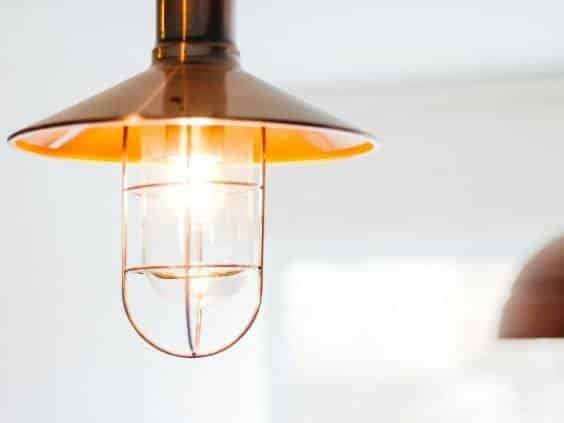When guests walk into your home, you want to be sure it’s an experience they’ll enjoy. Though your entryway might seem like a minor detail in the grand scheme of a visit, a person’s impression here can significantly affect how they feel during their stay. As such, you should put just as much careful planning into its design as you do with your living room or kitchen. These are a few common entryway design mistakes that can impact your home’s atmosphere and how to avoid making them.
Failing To Incorporate Storage
The primary function of a home’s entry is to serve as storage for outdoor clothing and shoes. As such, providing the appropriate amount of space for these belongings should be among your top priorities. Otherwise, you risk this area becoming an unorganized mess as soon as a few people arrive. Fortunately, there are various ways to include more storage near your door. Consider purchasing furniture with storage inside them or utilizing a few sets of wall hangers.
Not Lighting the Area Enough
It’s also a significant mistake to keep your entry dimly lit. Even if it has just enough for you inside the home, a shady corridor can be jarring to enter from the outside on a bright and sunny day. This can dampen the warm atmosphere you want to convey. Therefore, making sure that your entryway is always bright and easy to navigate will ensure guests feel welcome. One way to do this is to choose your entry lighting with this desired effect in mind.
Building In Hard-to-Clean Surfaces
Another common entryway design mistake to remember is incorporating surfaces that are difficult to clean or keep clean. Since this area is the transition between indoors and outdoors, family and friends are likely to carry a lot of dirt and debris in with them. Unfortunately, some flooring and wall materials don’t hold up well against this and take hours to clean after the fact. For this reason, you might want to use vinyl or laminate flooring and sleeker paint finishes on the walls.
Using a Dull Color Scheme
Your chosen color scheme could also bring about an undesired effect. Color can trigger a series of different emotions in the human mind. Many people perceive hues like white, gray, and beige as boring. On the other hand, reds and oranges offer a warming atmosphere, and blues or greens evoke feelings of relaxation and tranquility. As such, you may want to decorate one of these instead of a series of dull neutrals.

